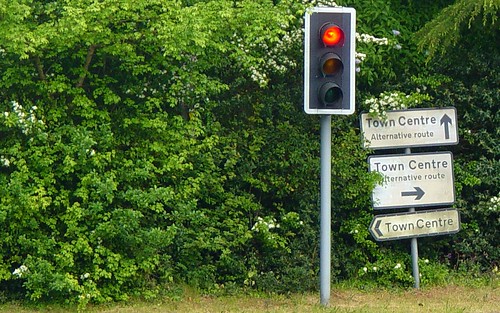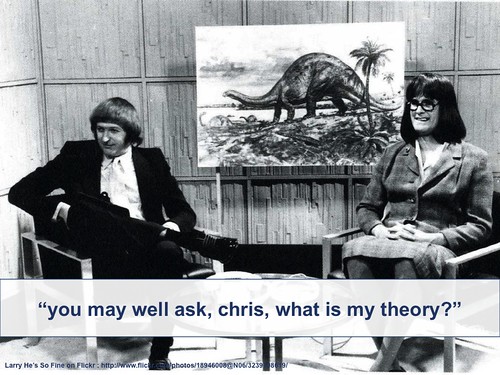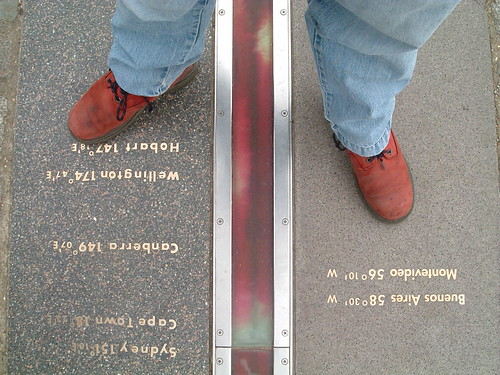The Internet Seems To Like The Combination Of Maps And Innuendo
Oh people of the interwebs; you are indeed a wondrous thing. If you build something and put it up on the internet, you've no expectation that anyone will see it, let alone look at it. But it appears that the combination of innuendo and some vaguely sounding rude place names (actually with some very rude place names) seems to be something that the citizens of the internet actually like.
The map hit the internet at maps.geotastic.org/rude/ around lunchtime on the 6th. of February; since then, several things have happened.
Firstly, Eric Rodenbeck, the CEO of Stamen Design, whose map tiles I used on the Rude Map, dropped me an email to say he liked it. I'm a massive fan of the cartography that Stamen produces and this would, alone, be enough to make the making of the map worthwhile.
But then, the URL of the site started proliferating over Twitter ... including Jonathan Crowe, author of the late and utterly lamented Map Room blog.


